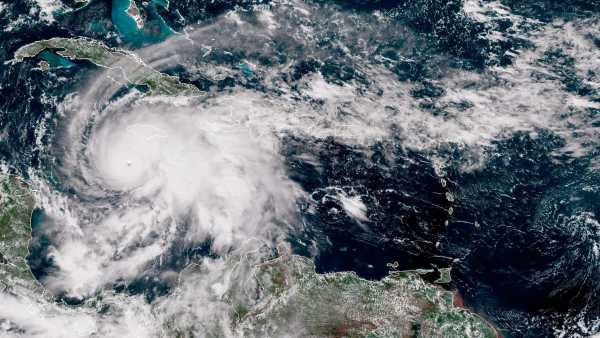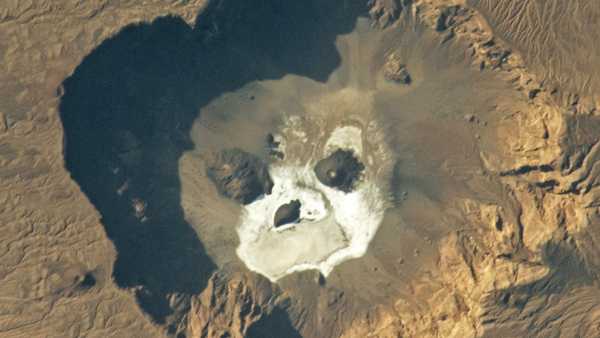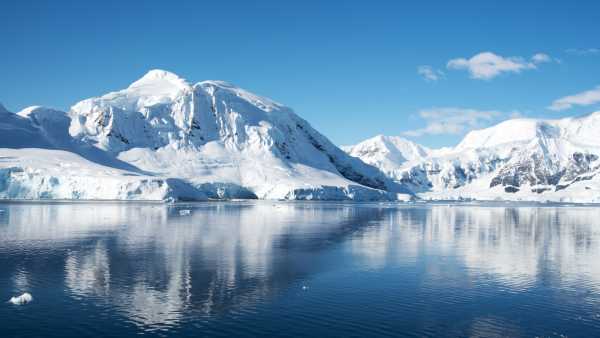
(Image credit: jtstewartphoto/Getty Images)
Antarctica was long considered a remote and unchanging territory. This is no longer the case.
The ice-covered continent and the surrounding Southern Ocean are undergoing dramatic and alarming changes. Sea ice is rapidly melting, floating ice sheets known as ice shelves are melting faster, the ice sheets covering the continent are approaching a tipping point, and vital ocean currents are showing signs of slowing.
Our new research, published today in the journal Nature, shows that these dramatic changes are already happening and are likely to intensify significantly in the future.
You may like
-

Even a small slowdown in key Atlantic currents poses a 'massive risk' to tropical forests.
-
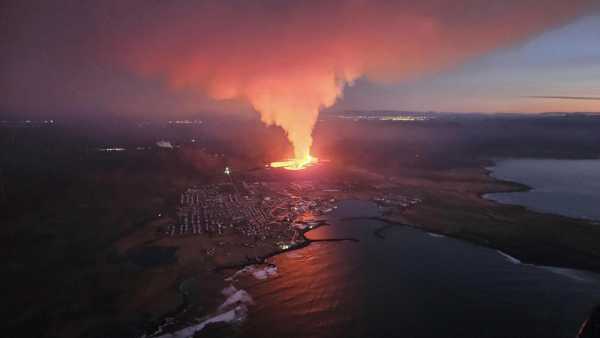
Melting glaciers could trigger volcanic eruptions around the world, study finds
-
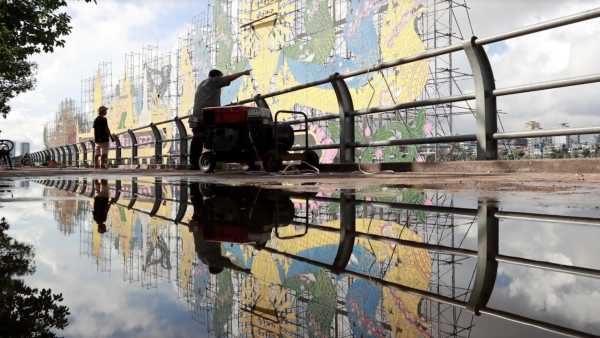
The study found that new, previously unseen, man-made seasons appear to be developing on Earth.
Several of the authors of this article have witnessed these astonishing changes while doing field work on the ice. These changes spell bad news for wildlife, both famous and lesser-known. But these changes will have far broader implications. What is happening in Antarctica now will affect the world for generations to come, from rising sea levels to extreme changes in the climate system.
What is a sudden change?
Scientists define an abrupt change as a climate or environmental shift that occurs much faster than expected.
The worry about abrupt changes is that they can intensify. For example, melting sea ice contributes to faster warming of the oceans, which causes even more sea ice to melt. Once they occur, they may be difficult or impossible to reverse on human-reasonable timescales.
While it is commonly believed that gradual warming will lead to gradual changes, in Antarctica we are seeing something very different. In recent decades, the Antarctic environment has generally responded much less to anthropogenic warming than the Arctic. But about a decade ago, dramatic changes began to occur.
Sea ice decline causes cascading changes
Antarctica's natural systems are tightly intertwined. When one goes out of balance, it can cause a cascade effect in others.
The sea ice extent around Antarctica has been rapidly declining since 2014. Sea ice extent is now declining twice as fast as Arctic ice extent. We found that these changes are unprecedented and far beyond the natural variability of past centuries.
The implications are far-reaching. Sea ice has a highly reflective surface with a high albedo, which reflects heat back into space. Less sea ice means more heat is absorbed by the dark oceans. Emperor penguins and other species that depend on sea ice for habitat and breeding face real threats. Less sea ice also means Antarctica’s ice shelves are more vulnerable to wave action.
Vital ocean currents slow down
Melting ice actually slows down the deep ocean circulation around Antarctica. This system of deep currents, known as the Antarctic Overturning Circulation, plays a vital role in regulating Earth's climate by absorbing carbon dioxide and distributing heat.
In the Northern Hemisphere, the Atlantic Meridional Overturning Circulation slows down.
We are now seeing a similar risk in the Southern Ocean currents. Changes in the Antarctic overturning circulation can occur twice as fast as the better-known North Atlantic cycle.
Slowing ocean growth could reduce the amount of oxygen and carbon dioxide the ocean can absorb, causing vital nutrients to accumulate on the seafloor. The reduction in oxygen and nutrients would have serious consequences for marine ecosystems and climate regulation.
Melting giants
The West Antarctic Ice Sheet, as well as parts of East Antarctica, are currently losing ice, contributing to sea level rise. Ice loss has increased sixfold since the 1990s.
The West Antarctic Ice Sheet alone contains enough ice to raise global sea levels by more than five metres, and scientists warn that we may be approaching the point where the ice sheet could collapse even without significant further warming, although this could take centuries or millennia.
These huge ice sheets represent a global tipping point risk. They contribute the most to projections of future sea level rise because we do not know how quickly they might collapse.
At least 750 million people worldwide live in low-lying areas adjacent to the sea. Rising sea levels threaten coastal infrastructure and populations around the world.
Wildlife and ecosystems under threat
Antarctica's biological systems are also undergoing sudden changes. Ecosystems, both underwater and on land, are being restructured by warming temperatures, unstable ice conditions, and human activities that cause pollution and invasive species.
It is vital to protect these ecosystems under the Antarctic Treaty, including by creating protected areas on land and at sea and limiting some human activities. However, these conservation measures will not be enough to ensure the survival of emperor penguins and leopard seals. This will require decisive action by the global community to reduce greenhouse gas emissions.
What future?
Antarctica is often seen as a symbol of isolation and permanence. But the continent is now changing at an alarming rate – far faster than scientists had previously thought.
RELATED STORIES
— Antarctic sea ice collapse linked to mysterious rise in sea salt levels
— Study finds collapse of West Antarctic ice sheet 'inevitable'
— Scientists have discovered a hidden “system” that is driving the Antarctic ice sheet into the ocean.
These abrupt changes are largely due to excess heat stored up over decades of unchecked greenhouse gas emissions. The only way to avoid further abrupt changes is to reduce emissions fast enough to keep warming as close as possible to 1.5°C.
Even if we succeed, many changes have already begun. Governments, companies, and coastal communities must be prepared for dramatic changes in the future. What happens in Antarctica will not stay there for long.
The stakes could not be higher. The choices we make today will determine whether we face future deterioration and irreversible change, or managed resilience to the changes we have already seen.
This edited article is republished from The Conversation under a Creative Commons license. Read the original article.

Nerile Abram, Principal Scientist, Australian Antarctic Division and Professor of Climatology, Australian National University
You must verify your public display name before commenting.
Please log out and log back in. You will then be prompted to enter a display name.
Exit Read more
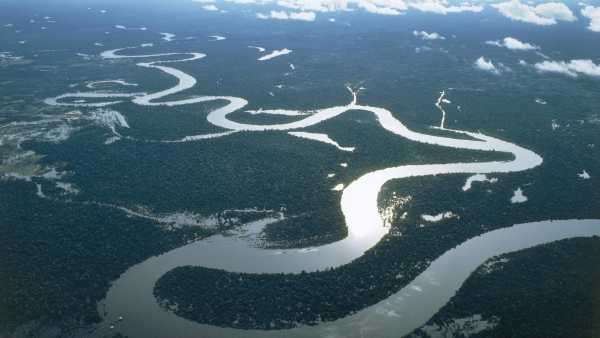
Even a small slowdown in key Atlantic currents poses a 'massive risk' to tropical forests.
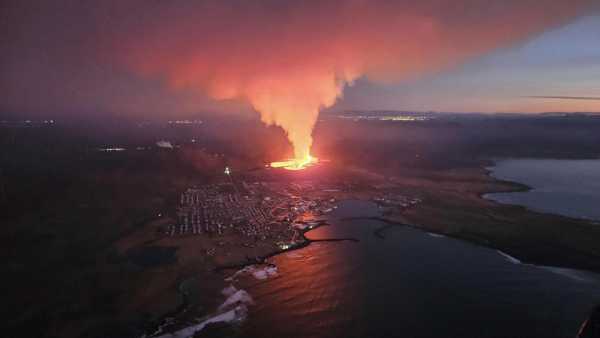
Melting glaciers could trigger volcanic eruptions around the world, study finds
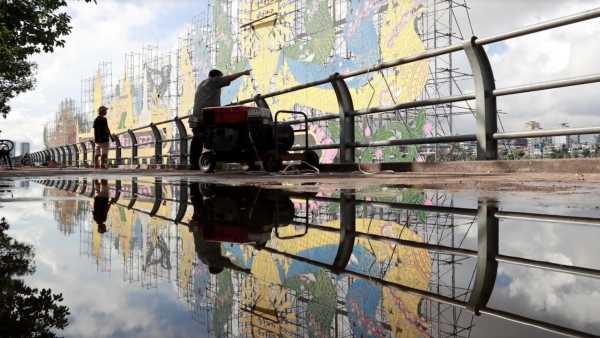
The study found that new, previously unseen, man-made seasons appear to be developing on Earth.
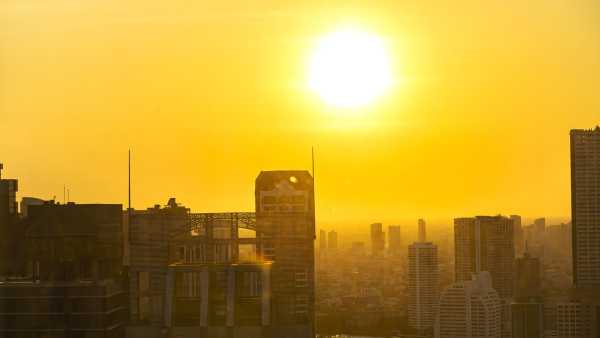
In just three years, we will reach a critical climate threshold. Can we reverse course?

According to a new study, 96% of the world's oceans will experience extreme heat in 2023.
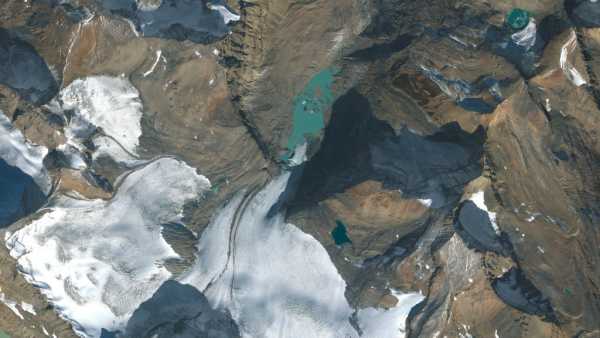
Glaciers in North America and Europe have lost 'unprecedented' amounts of ice in the past 4 years. Latest news from Antarctica.

Scientists have discovered long-lost giant rivers that flowed through Antarctica up to 80 million years ago
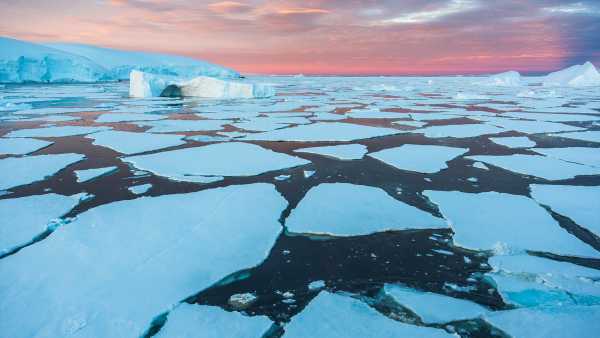
Antarctica's Sea Ice Collapse Linked to Mysterious Ocean Salt Level Jump
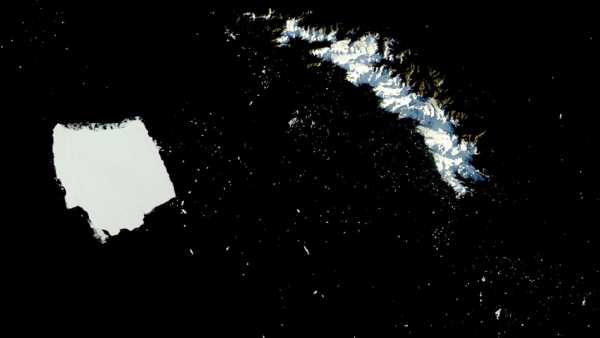
The world's largest iceberg, A23a, is breaking into thousands of pieces near a penguin refuge.
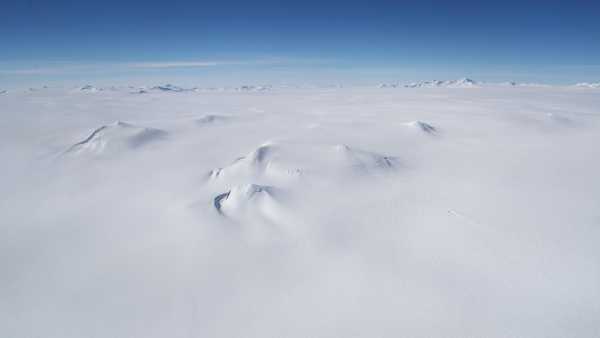
NASA satellites show Antarctica is covered in ice despite rising global temperatures. How is this possible?
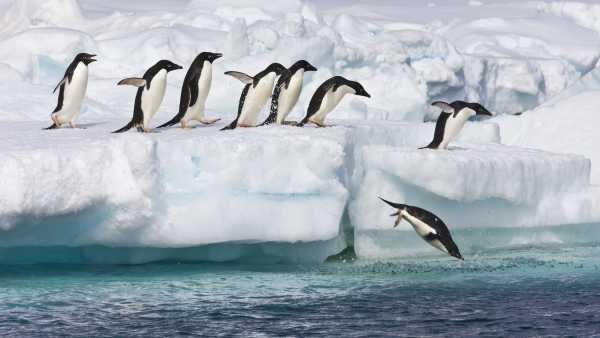
What's hidden beneath the ice of Antarctica?
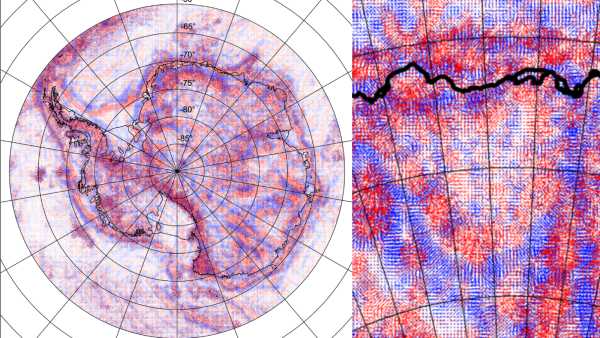
Wilkes Land Crater: A Giant Hole in East Antarctica's Gravity Field Likely Caused by a Meteorite Impact. Latest Opinions

Earth's first primates evolved in the cold, not the tropics.

An FDA panel has questioned the safety of antidepressants during pregnancy. Here's what the science really says.

You may not be allergic to penicillin. Here's how to find out if you are.

Vaccines show promise in fight against dementia

COVID-19 vaccines for children in limbo due to conflicting federal recommendations
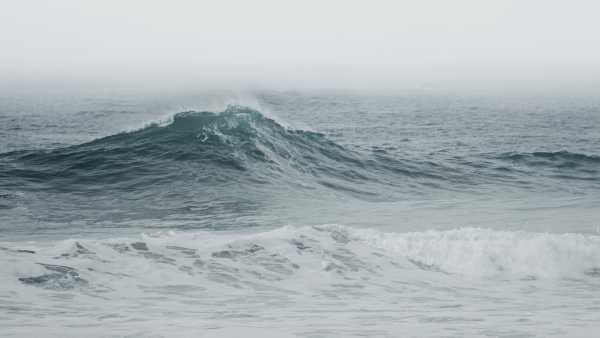
North Sea data shows 'rogue waves' can reach 65ft but are 'not abnormal' LATEST ARTICLES

1A study has found that a mysterious 300,000-year-old skull from a Greek cave was neither human nor Neanderthal.
Live Science is part of Future US Inc., an international media group and leading digital publisher. Visit our corporate website.
- About Us
- Contact Future experts
- Terms and Conditions
- Privacy Policy
- Cookie Policy
- Accessibility Statement
- Advertise with us
- Web Notifications
- Career
- Editorial Standards
- How to present history to us
© Future US, Inc. Full 7th Floor, 130 West 42nd Street, New York, NY 10036.
var dfp_config = { “site_platform”: “vanilla”, “keywords”: “type-crosspost,exclude-from-syndication,serversidehawk,videoarticle,van-enable-adviser-
Sourse: www.livescience.com


